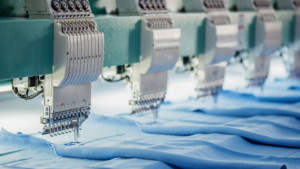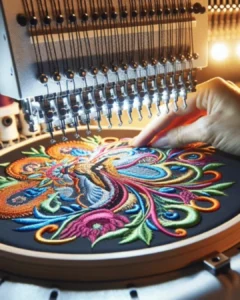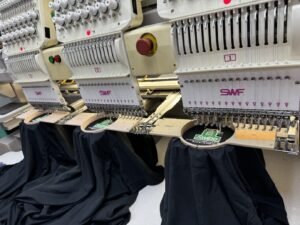How To Use Embroidery To Create Limited Edition Apparel
Have you ever thought about adding a unique twist to your apparel line and wondered how embroidery could make it special? Creating limited edition apparel through embroidery not only adds an exclusive touch but also offers a timeless appeal to your products. This article is your go-to guide on how you can use embroidery to craft limited edition pieces that your customers will love.

This image is property of images.pexels.com.
What Is Embroidery?
Embroidery is the craft of decorating fabric or other materials using a needle to apply thread or yarn. It’s a fantastic way to add intricate details, logos, or names to your apparel. Whether it’s a simple design or an elaborate one, embroidery can add a rich texture and an air of sophistication to any garment.
Why Choose Embroidery for Limited Edition Apparel?
Choosing embroidery for your limited edition pieces comes with a host of benefits. Here are a few reasons why it’s an excellent choice:
- Durability: Embroidery is known for its longevity. Your designs won’t peel off or fade as they might with other methods.
- Premium Look: There’s something inherently luxurious about embroidery. It can give a premium feel to even the simplest designs.
- Customization: From fonts to colors, you have a wide range of options to make each piece unique.
- Exclusivity: Using embroidery can help you create truly unique pieces that stand out from mass-produced items.

This image is property of images.pexels.com.
Types of Embroidery Techniques
When it comes to embroidery, you have several techniques to choose from. Here’s a look at a few:
Hand Embroidery
Hand embroidery involves stitching designs by hand. Though it’s time-consuming, the level of detail and personalization you can achieve is unparalleled. This technique is ideal for truly exclusive pieces where each item is slightly different from the others.
Machine Embroidery
Machine embroidery uses automated sewing machines programmed with specific designs. This method is faster and more consistent but may not have the personal touch of hand embroidery. It’s perfect for creating a uniform set of limited edition items.
Appliqué Embroidery
This technique involves sewing pieces of fabric onto a larger piece of fabric to form a pattern or image. Appliqué is great for creating bold, Eye-Catching Designs and adding a 3D element to your apparel.
3D Puff Embroidery
3D puff embroidery uses foam under the stitching to create a raised, three-dimensional effect. This technique is popular for making logos or simple designs more prominent and impactful.
Choosing the Right Materials
To ensure the best results, you need to choose the right materials for both the fabric and the thread. Let’s break it down:
Fabric
Selecting the right fabric is crucial. Here are some popular choices:
- Cotton: Soft and widely used, cotton is easy to work with and holds designs well.
- Polyester: Durable and colorfast, polyester is ideal for athletic wear.
- Denim: Provides a robust base for intricate designs.
- Linen: Lightweight and breathable, perfect for summer wear.
Thread
Your choice of thread will also affect the final look and feel of the embroidery. Here are some options:
- Polyester Thread: Strong and durable, resistant to shrinking and fading.
- Cotton Thread: Natural and soft, suitable for delicate designs.
- Metallic Thread: Adds a shiny, reflective quality to your designs, perfect for special occasions.
- Silk Thread: Luxurious and smooth, ideal for high-end, limited edition pieces.
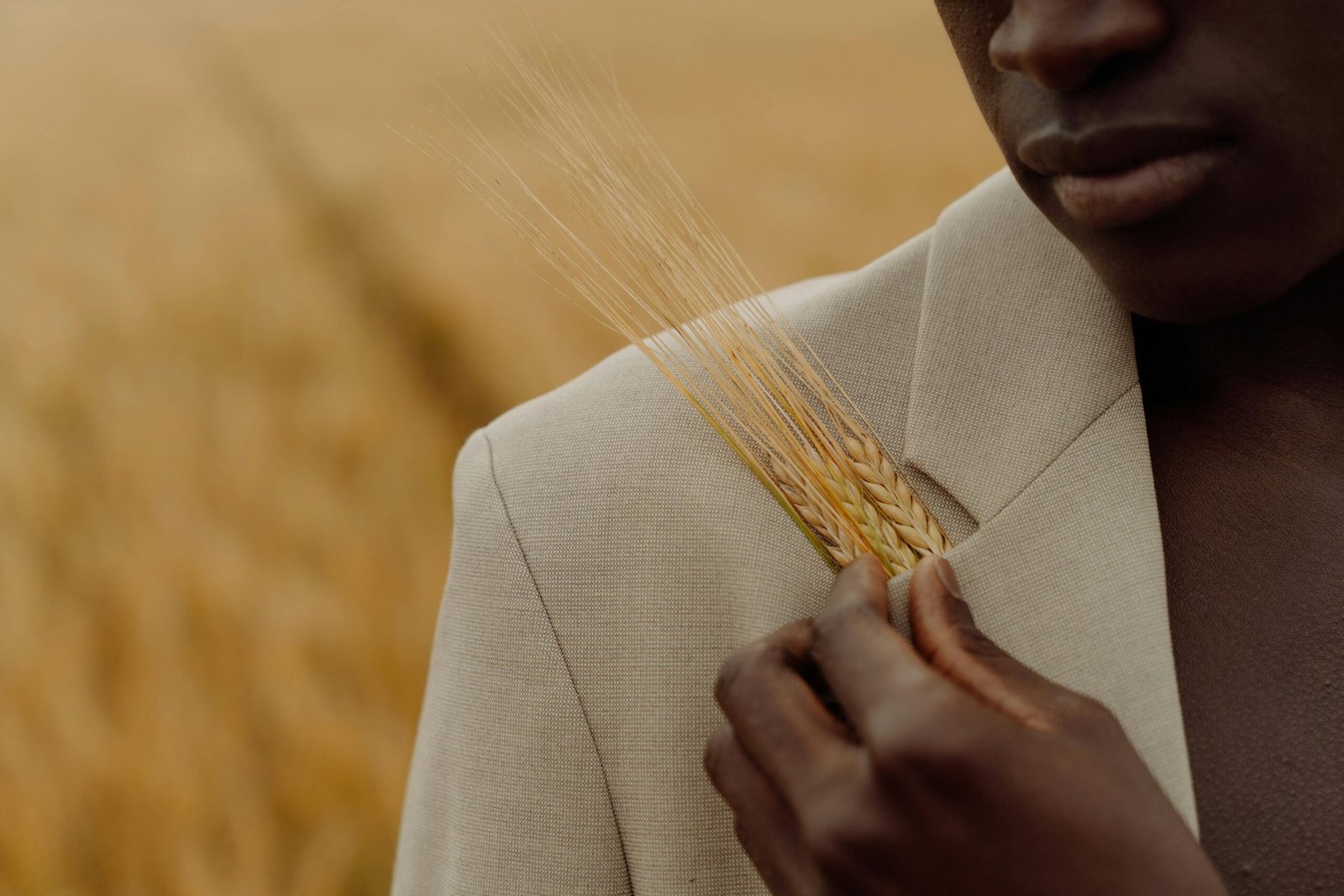
This image is property of images.pexels.com.
Designing Your Embroidery Pattern
Creating a unique design is where your creativity shines. Here are some tips to help you get started:
Inspiration and Sketching
Start by gathering inspiration from various sources. Look at different styles, trends, and even nature. Once you have a good idea, sketch it out. Don’t worry about making it perfect; the goal is to capture the essence of your design.
Digital Designing
If you’re leaning towards machine embroidery, consider using digital design software. Programs like Adobe Illustrator or specialized embroidery software can help you create a detailed, scalable design that can be easily transferred to the embroidery machine.
Color Selection
Choose colors that complement your fabric and design. Don’t be afraid to experiment with different color combinations to see what works best.
Test Swatches
Always create a test swatch before committing to your final design. This will help you see how your design looks on the actual fabric and make any necessary adjustments.
Setting Up Your Embroidery Machine
If you’re using machine embroidery, setting up your machine properly is critical to achieving a polished final product. Here’s how you can do it:
Hoop the Fabric
The first step is to hoop the fabric securely. Ensure that the fabric is taut but not stretched.
Load the Design
Next, load your digital design into the machine. This usually involves connecting the machine to your computer or loading the design via a USB stick.
Select the Thread
Choose the thread colors you’re going to use and thread the machine accordingly. Make sure to follow the machine’s instructions to avoid any errors.
Run a Test
Never skip the test run! Use a scrap piece of fabric to test the design, ensuring everything runs smoothly and looks as expected.

Embroidering the Fabric
Once you’re all set up, it’s time to start embroidering your fabric. Keep these tips in mind:
- Keep an Eye on the Machine: Even if your machine is automated, it’s essential to watch it. Thread breaks or fabric shifts can happen, and it’s better to catch them early.
- Be Patient: Some designs can take hours to complete. Patience is key to ensuring high-quality results.
- Quality Checks: Periodically check the design for any errors or issues. It’s easier to fix problems as they arise rather than at the end.
Post-Embroidery Steps
After completing the embroidery, there are a few more steps to ensure your apparel looks its best.
Trimming and Cleaning
Trim any loose threads and clean the fabric to remove any marks made during the embroidery process.
Pressing
Use a steam iron to press the embroidered area. This helps to set the stitches and gives your garment a neat finish.
Quality Inspection
Before packaging or displaying your limited edition apparel, perform a final quality inspection to ensure that each piece meets your standards.
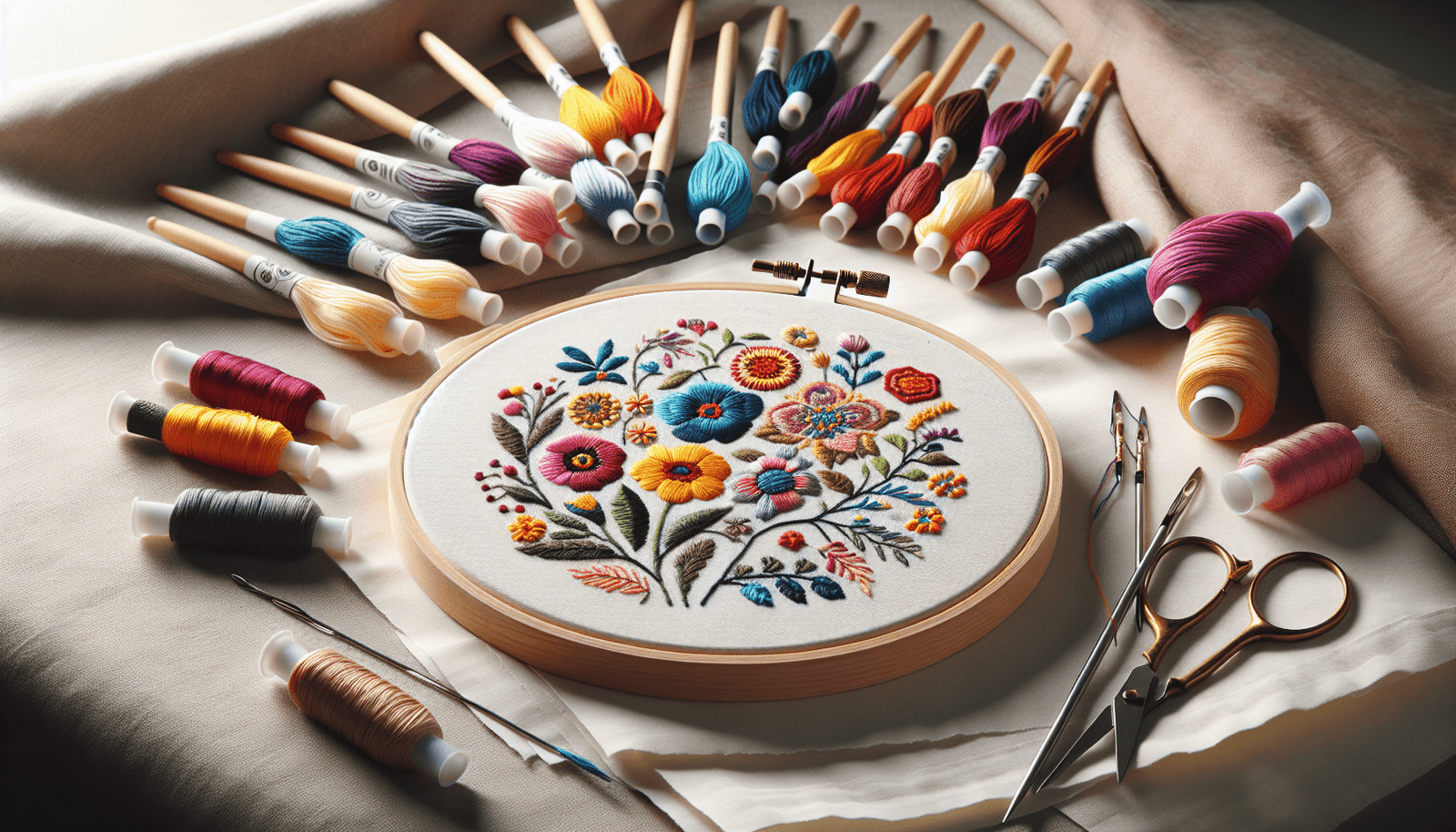
Marketing Your Limited Edition Apparel
Now that your apparel is ready, it’s time to get the word out. Here’s how you can effectively market your limited edition pieces:
Social Media
Social media platforms are excellent for showcasing your work. Use high-quality images and videos to highlight the details of your embroidery. Consider hosting live sessions to engage with your audience and show them the behind-the-scenes process.
Collaborations
Partner with influencers or other brands to reach a broader audience. Collaborations can create buzz and lend credibility to your limited edition pieces.
Limited Release Strategy
Play on the exclusivity of your limited edition apparel. Create a sense of urgency by highlighting that only a certain number of pieces are available. Use phrases like “limited edition” or “exclusive drop” in your marketing materials.
Loyalty Programs
Consider offering early access to your limited edition pieces to loyal customers. This not only rewards your best customers but also creates hype around your releases.
Pricing Your Limited Edition Apparel
Pricing is a crucial aspect of selling limited edition apparel. Here are some factors to consider:
Cost of Production
Calculate the total cost involved in producing each piece, including materials, labor, and any overheads.
Perceived Value
Limited edition pieces often fetch a higher price due to their exclusivity. Consider how much your target audience is willing to pay for a unique, high-quality item.
Market Research
Research similar products in the market to gauge a reasonable price range. You don’t want to price yourself out of the market or sell yourself short.
Profit Margin
Ensure that your pricing strategy allows you to make a reasonable profit while providing value to your customers.
Packaging and Presentation
The way you package and present your limited edition apparel can also make a significant impact.
High-Quality Packaging
Invest in high-quality packaging materials. A beautifully wrapped product leaves a lasting impression and enhances the perceived value of the item.
Certificates of Authenticity
Include certificates of authenticity that highlight the exclusivity of your pieces. This can add an extra layer of prestige and justify a higher price point.
Personalized Notes
A personalized thank-you note can go a long way in building customer loyalty and making the purchasing experience memorable.
Customer Feedback and Improvement
Once your limited edition apparel is out in the world, it’s essential to gather customer feedback to continually improve.
Surveys and Reviews
Encourage your customers to leave reviews or complete surveys. Their feedback can provide valuable insights into what works and what doesn’t.
Social Media Engagement
Monitor your social media platforms for customer feedback. Engage with your audience by responding to their comments and messages.
Continuous Improvement
Use the feedback to make necessary adjustments in your next limited edition release. Continuous improvement ensures that your products evolve to meet customer expectations.
Conclusion
Using embroidery to create limited edition apparel is an excellent way to add a unique, high-quality touch to your clothing line. From choosing the right materials to mastering the embroidery techniques, each step is crucial in creating pieces that stand out and appeal to your audience. Don’t forget the importance of presentation and customer engagement, as these elements can significantly enhance the overall experience.
By carefully planning and executing each step, you can create limited edition apparel that not only looks great but also tells a story, offering something truly special to your customers. Ready to start stitching your way to success?

